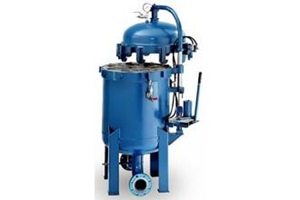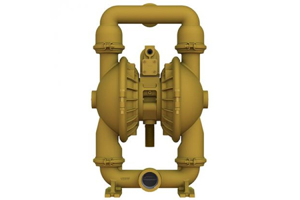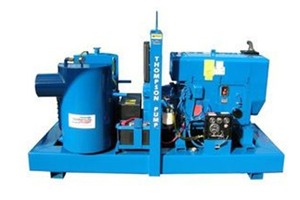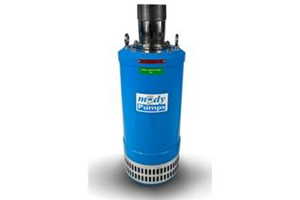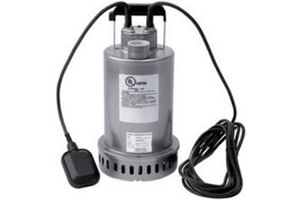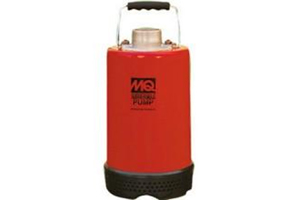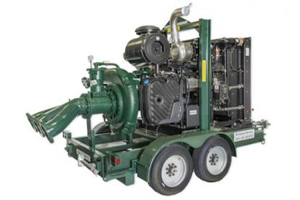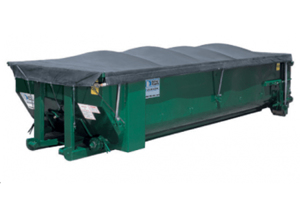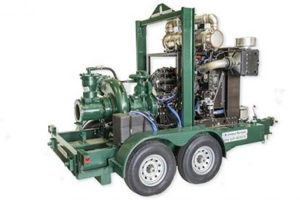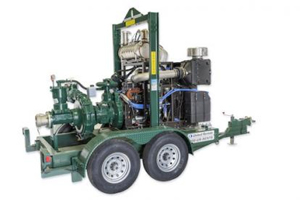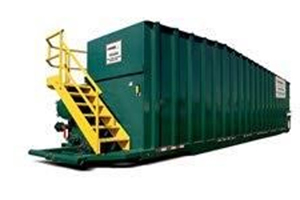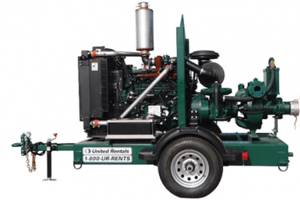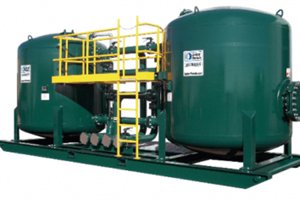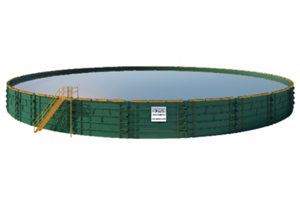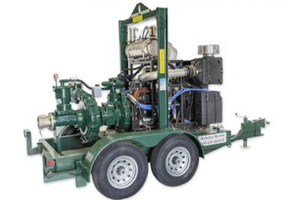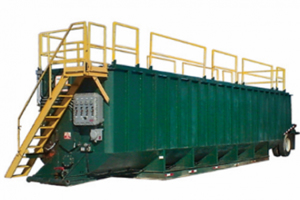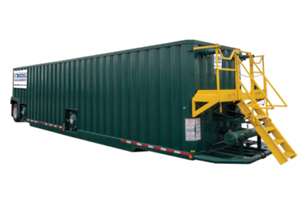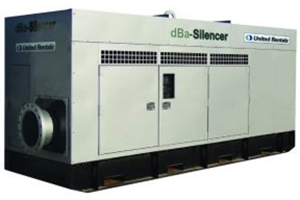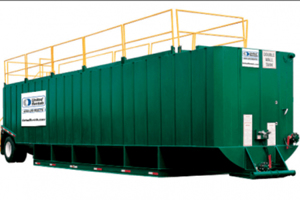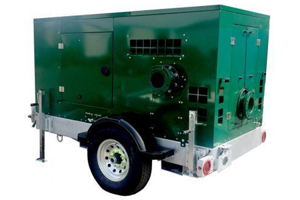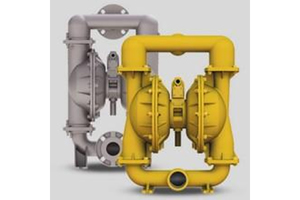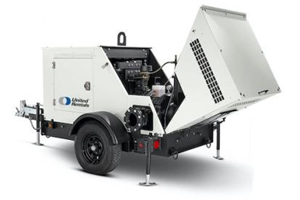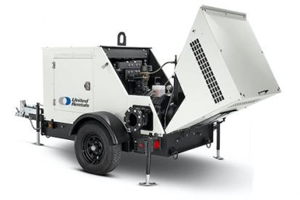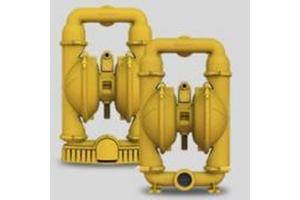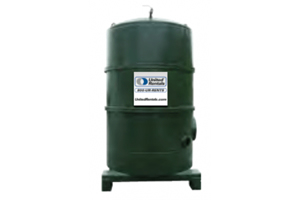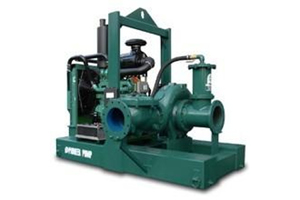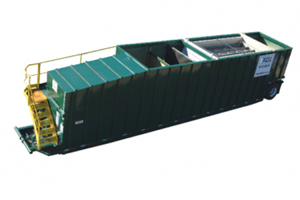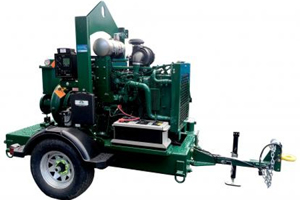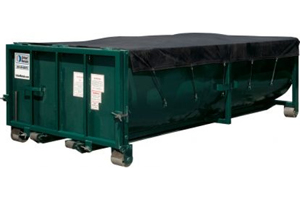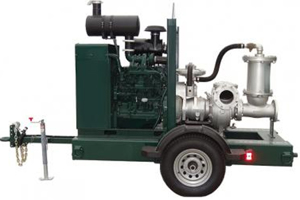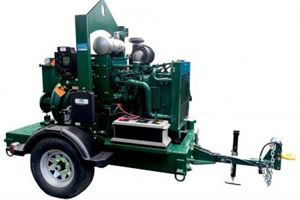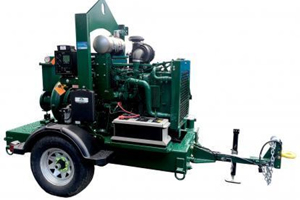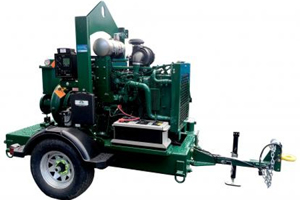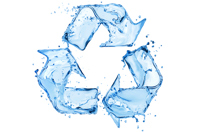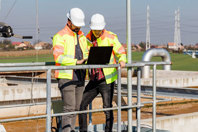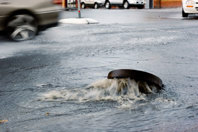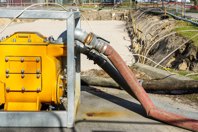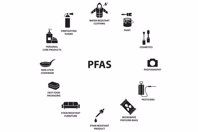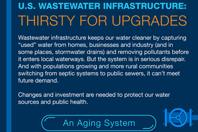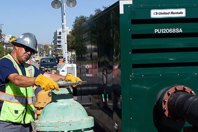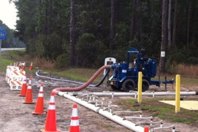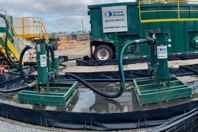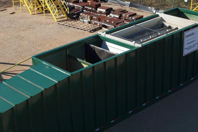ABOUT UNITED RENTALS, INC.
United Rentals, Inc. is the largest equipment rental company in the world. The company has an integrated network of 1,154 rental locations in North America and 11 in Europe. In North America, the company operates in 49 states and every Canadian province. The company’s approximately 18,250 employees serve construction and industrial customers, utilities, municipalities, homeowners and others. The company offers approximately 4,000 classes of equipment for rent with a total original cost of $13.78 billion. United Rentals is a member of the Standard & Poor’s 500 Index, the Barron’s 400 Index and the Russell 3000 Index ® and is headquartered in Stamford, Conn. Additional information about United Rentals is available at unitedrentals.com.
Fluid Solutions
Industrial, construction, mining & quarry, municipal bypass and disaster recover – if you need fluid solutions, United Rentals is your source. We specialize in providing standard and custom rentals for any industrial or commercial fluids application. United Rentals is North America’s largest equipment rental supplier, with experts to help you with complete fluid transfer, treatment, and containment solutions.

CONTACT INFORMATION
United Rentals
100 First Stamford Place
Stamford, CT 06902
UNITED STATES
Phone: 833-202-8823
Contact: Customer Care Center
FEATURED ARTICLES
-
Temporary water reuse systems help industrial plants avoid costly downtime by maintaining treatment capabilities during maintenance, failure, or testing—offering fast deployment, flexibility, and permanent-quality results.
-
It is critical to understand the limitations of permanent installations and how a temporary water treatment system can make sound logistical and financial sense.
-
Engineers and project managers must take a complete cradle-to-grave approach when considering which technologies to implement as well as which vendors to partner with for their PFAS solution.
-
By employing portable clarifiers, plant managers can keep their operation running, treating water to the same standards expected under normal conditions until the primary unit is back online.
-
Asking the right questions and properly vetting vendors are key to avoiding an over-engineered PFAS treatment package.
-
Renting a temporary PFAS treatment package gives water treatment plants time to evaluate longer-term options while still meeting the current regulations.
-
Contingency planning for sewer system failures is often overlooked. Learn why a successful contingency plan can reduce costs, save reputations, and protect public health.
-
Learn about factors to consider when renting a pump, including fluid type, volume, speed, site elevation, monitoring needs, and more.
-
Understand why a storm preparedness plan is crucial to overcome challenges such as power outages and equipment damage.
-
The key to a successful water treatment or vapor extraction project is to understand the elements that can impact the treatment process, as well dispelling key myths about temporary treatment systems.
-
Read why temporary water treatment system may encounter new or unexpected contaminants that did not initially show up in samples, and what businesses can do in response.
-
This article will discuss considerations for designing a temporary solution for removing per-and polyfluoroalkyl substances (PFAS) from water, including effective technologies and how to select a solutions provider.
-
Wastewater infrastructure keeps our water cleaner by capturing "used" water from homes, businesses and industry (and in some places, stormwater drains) and removing pollutants before it enters local waterways. But the system is in serious disrepair. And with populations growing and more rural communities switching from septic systems to public sewers, it can't meet future demand.
-
When startup fails, check these four common culprits before you check anything else.
-
Dewatering systems for construction sites aren’t one size fits all. Choosing the most appropriate dewatering system for the job will yield the best results in the least amount of time.
-
The Fluid Solutions team answers questions about methods, pumps, filtration and more.
-
Like so much of America’s infrastructure, our wastewater infrastructure is aging and inadequate. Like our highways and bridges, our wastewater infrastructure needs improvement. How do we solve this problem?
-
Understanding water compliance, as used on a construction job site, is critical for keeping projects on time and budget. Expected or unexpected water, and contaminants in that water, can potentially cause challenges, delays, and a hit to the bottom line.
-
Highways and bridges are the most noticeable examples of the United States’ crumbling infrastructure, but there are other, less visible infrastructure systems that are equally in need of fixes and funding -- including water and wastewater treatment.
-
Tight timelines, slim budgets and project complexities put a lot of pressure on teams to find the most cost-effective and efficient solutions, especially for high-volume industrial plants. When it comes to water treatment, there is no room for error and there certainly isn’t room in the budget or the schedule for downtime. Innovative and cost-saving solutions are welcome.

